Research

Solutions Journalism & News Engagement
There are benefits to newsrooms using solutions-based journalism, but it is not a cure-all for audience engagement. Read More

Survey of Commenters and Comment Readers
We describe the demographic makeup, attitudes, and behaviors of the people who comprise the online commenting world. Read More

The Current State of News Headlines
Headlines are the marquees of news stories. These short statements located at the beginning of an article frame the information that is to follow. They encapsulate a portion of the story, presenting a snapshot of reality. The New York Times headlines an article as “Climate Change Will Disrupt Half of… Read More
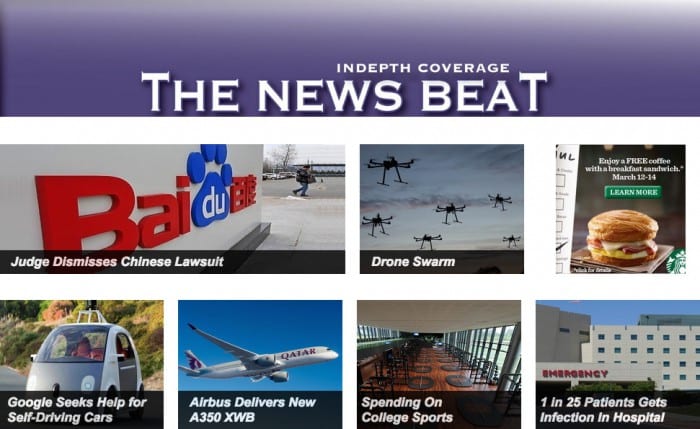
Contemporary vs. Classic Design
There is a significant increase in page views and learning from articles when people browse a news website with a contemporary design compared to one with a classic, newsprint-style layout. Read More
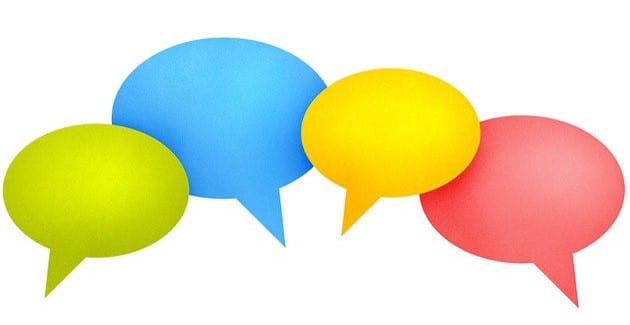
Background Information & Facts
People are more willing to get involved in political discussion when they're provided with background information containing pro and con arguments. Read More

How We Use Online Spaces
Through six focus groups, we learned that people prefer in-person discussions about politics rather than those that take place online, and are concerned that political discussion might lead to conflict. Read More
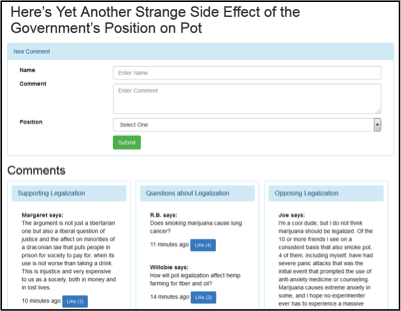
Restructuring Comment Sections
There are several benefits - and limits - to using a three-column comment section as opposed to using a traditional one-column section. Read More

New Approaches to Comment Moderation
For three months, we attempted to code for incivility within online news comments in new ways. In this progress report, we share thoughts on what worked, what didn't, and what research can be done next. Read More

Journalist Involvement in Comment Sections
Uncivil comments decreased when a journalist interacted with online commenters. Read More
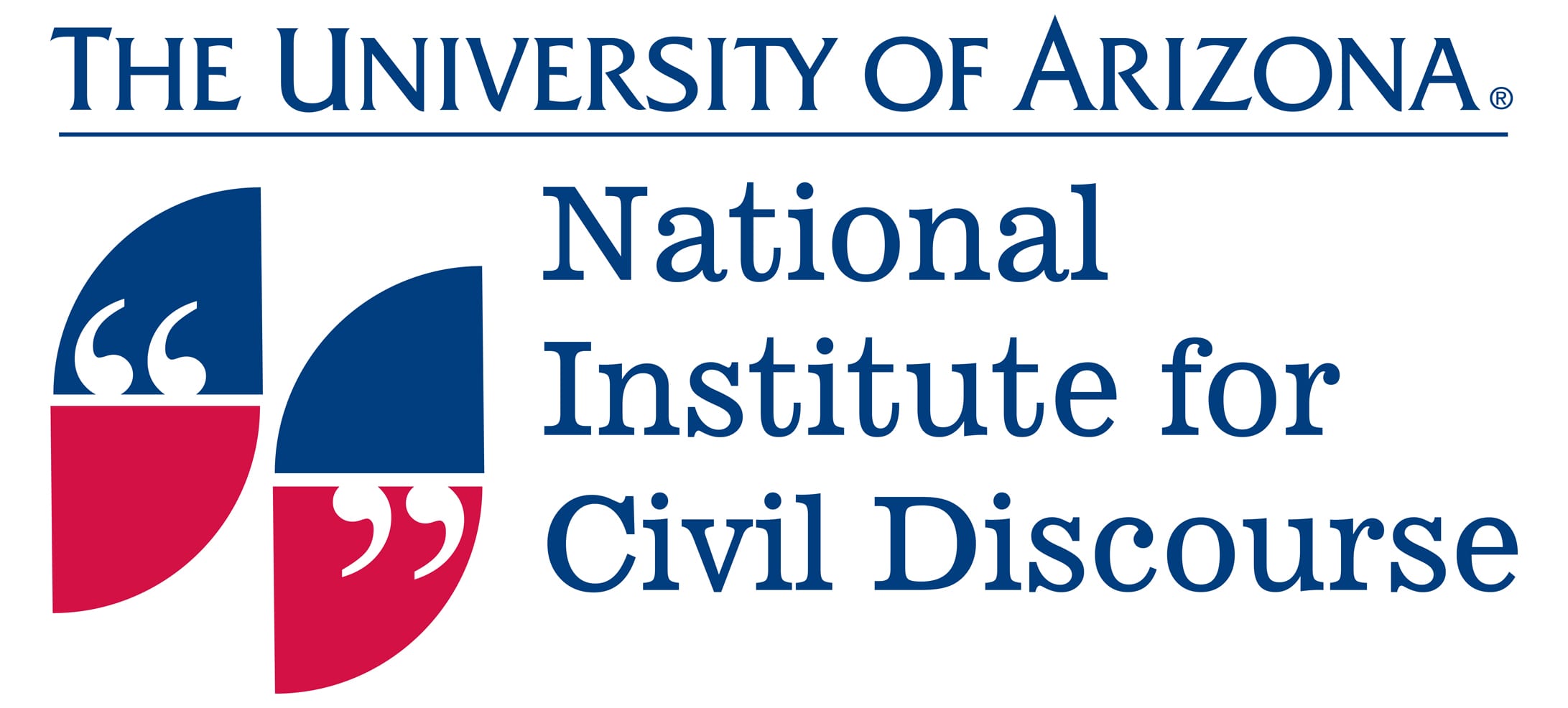
Improving Civil Discourse
We have partnered with the National Institute for Civil Discourse to research how to improve online discourse. We began by reviewing academic research on creating civil online spaces. In the coming months, we will conduct a series of focus groups to understand people's thoughts about discussing politics online. Read More

Solutions Journalism
We found that solutions-based reporting may be an effective journalistic tool that serves the needs of both audiences and news organizations, and that it has the potential to increase reader engagement. Read More

Analysis of News Sites
We examined 155 U.S. newspaper and television news websites to understand how they were using social media buttons, comment sections, online polls, lists of hyperlinks, and mobile version. Read More
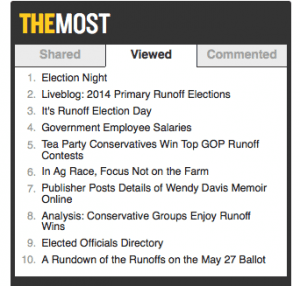
Hyperlinks
Can hyperlinks be presented on a page in a way that prompts additional news use, as opposed to entertainment stories? And can hyperlinks be presented on a page in ways that encourage visitors to view editorial content from different political perspectives? Read More
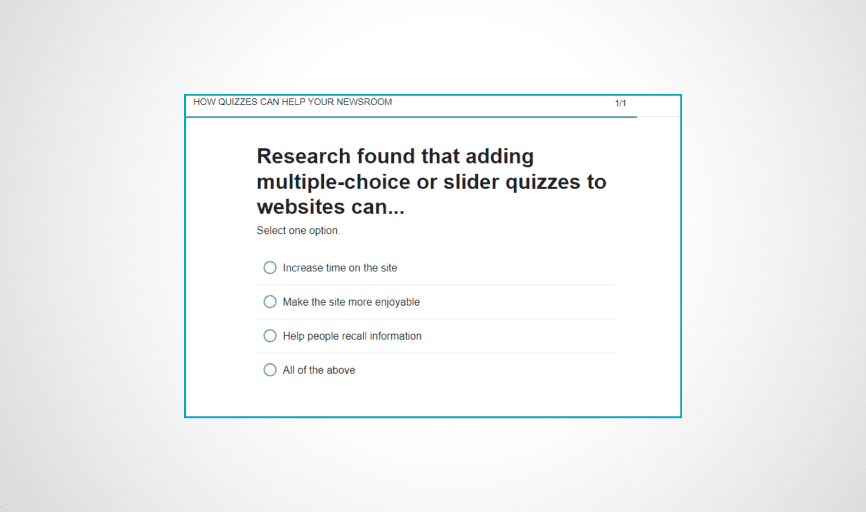
How Online Quizzes Can Benefit Newsroom Websites
Although polls can be engaging for site visitors, there are downsides. Quizzes help news audiences learn more in a fun and engaging way. Read More

Social Media Buttons in Comment Sections
What if, instead of clicking a “Like” button, one could click “Respect”? Read More

